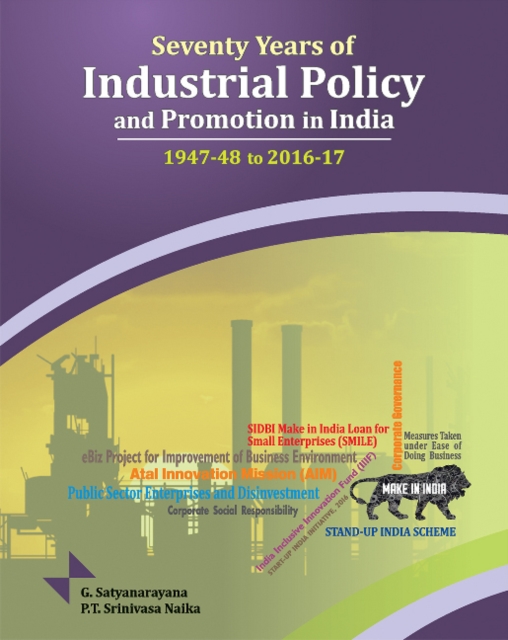CITESTE MAI MULT
Detalii
Descriere RO
The industrial environment in India from 1947 to 1980 was characterized by strong centralized planning, government ownership of basic and key industries, excessive regulation and control of private enterprise, trade protectionism-through tariff and non-tariff barriers-and a cautious and selective approach towards foreign capital. It was a quota, permit, and license regime guided and controlled by a bureaucracy trained in colonial style. The level of protection offered to Indian industry, by way of qualitative import restrictions and tariffs, was unreasonably high, leading to high costs of production and inadequate technological dynamism. This so-called inward-looking, import-substitution strategy of economic development began to be widely questioned at the beginning of the 1980s. Policy makers realized the drawbacks of this strategy, which inhibited competitiveness and efficiency and produced a much lower rate of growth than expected. Progress was made towards economic liberalization in 1985 when the government announced a series of measures aimed at the deregulation and liberalisation of the industry. These measures, described as the New Economic Policy, were followed by drastic changes introduced by the 1991 Industrial Policy Statement of the Government. As a result of the economic reforms of the last 25 years, India is presently one of the world's fastest growing economies. This book traces developments in different fields of industrialization in India during the post-Independence period. Also included is an analysis of the post-1991 key reform measures undertaken for making Indian industry internationally competitive, as well as an examination of the current issues pertaining to this vital sector of the Indian economy. [Subject: Business & Economics, India Studies, Economic History, Trade]
EdituraNew Century Publications
Dimensiuni192 x 252 x 30
Data Publicarii03/08/2017
Format
Cartonata
Numar pagini350
Aceasta este o carte in limba engleza. Descrierea cartii (tradusa din engleza cu Google Translate) este in limba romana din motive legale.
Mediul industrial din India, din 1947 pana in 1980, a fost caracterizat de o planificare centralizata puternica, proprietatea guvernului asupra industriilor de baza si cheie, reglementarea si controlul excesiv al intreprinderii private, protectionismul comercial - prin bariere tarifare si netarifare - si o abordare prudenta si selectiva fata de capital strain. Era un regim de cote, permise si licente ghidat si controlat de o birocratie instruita in stil colonial.

